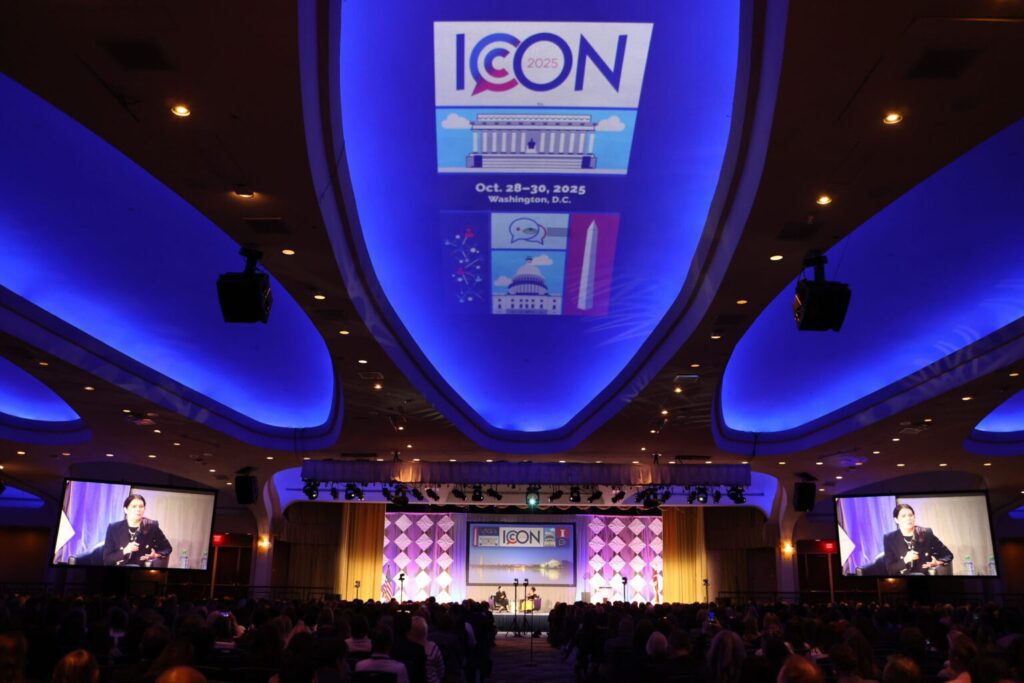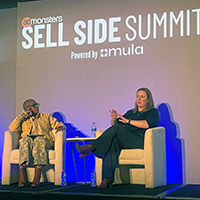Feel like fish? Red Lobster makes it easy with online purchases and overnight delivery. And if you’re an Overboard Club member, you can enter the Passion Prize drawing and win dinner for two, a fresh lobster delivered to your door or a trip to an exotic locale. Those are just a few perks you get for joining the Overboard Club. Another is that you get Red Lobster’s e-mail newsletter.
Roughly 785,000 active members now receive the Overboard Club newsletter.
Launched in January of 2001, the newsletter is sent 13 to 14 times a year in alignment with Red Lobster’s promotional calendar. Designed in multiple versions, including text, AOL and HTML, it features notes from the chefs, information about food, recipes and promotions and special opportunities such as gift card sales and live lobster overnight.
Even though open rates consistently approach 50 to 60%, that is hardly the most important metric, according to Mike Friedman, interactive marketing manager for Red Lobster. “We have a robust Web analytic tool that allows us to measure the level of interaction our Overboard members have with the Web site and e-commerce properties,” he says “We can compare that to those of our baseline site visitor.” (The site draws over 400,000 unique visitors per month).
What has the company learned?
It has learned that the club members visit the site more actively, spend more time, dig deeper in content and spend more than non-members. The average Overboard Club member spends about 9 minutes per user session at Redlobster.com, over 3 minutes more than a general visitor, and they typically spend about 10 percent more on gift card purchases and 6 percent more on live lobster than non-members.
The newsletter circulation has been growing at a rapid pace. At the end of 2001, its launch year, the e-zine had 84,000 subscribers. By the end of 2002, that number had hit 155,000, and last year it jumped to 680,000.
But there are other ways to track the e-mail newsletter’s success. Those who sign up receive special-occasion coupons. The average monthly redemption rate for their $5-off dinner coupon is 7% -8%. The free dessert coupons are redeemed in the 5.5% to 5.76% range. Sixty-two percent of the recipients are reeled in within 48 hours.
One challenge is keeping newsletter content interesting and engaging. The firm tries to offer timely, relevant content that provides value beyond information. “We try to mix up rewards, special offers, surveys and ways that consumers can stay active,” Friedman says. “At the same time, we’re clear on how much time we’re expecting — we’re careful to establish a level of frequency that’s respectful of a consumer’s time. We don’t want to give them motivation not to be a part.”
Because the success of any newsletter depends on the ability to get into a reader’s inbox, Friedman suggests that those sending newsletters truly understand what day of the week, and the best time of day for their intended audience to receive the message—and act on it.
Based on delivery tests, the newsletter is sent on Tuesday. But Friedman adds that the day and time will vary depending on your brand. “If you’re an airline looking to reach last minute flyers, late Thursday might be a good time,” he explains. “Monday morning is usually a good time to rev up a sales force. Things of that nature are really important for whoever’s sending out a newsletter to understand. After all, would it make sense for us to send out a dinner message at 10 p.m.?”
One of Red Lobster’s E-CRM partners, Blue Hornet, works with it on assisting with development and deployment functions of their e-newsletter and Blue Hornet’s partner, Pivotal Veracity, assists with message deliverability.
Friedman admits that the Red Lobster’s double opt-in policy could hamper growth. But there is no sign that it has. “We felt it [double opt-in] was the most appropriate way to respect our consumers,” he says. “Also, from a legislation standpoint we don’t want to be lumped in with other people who don’t do it right.”



